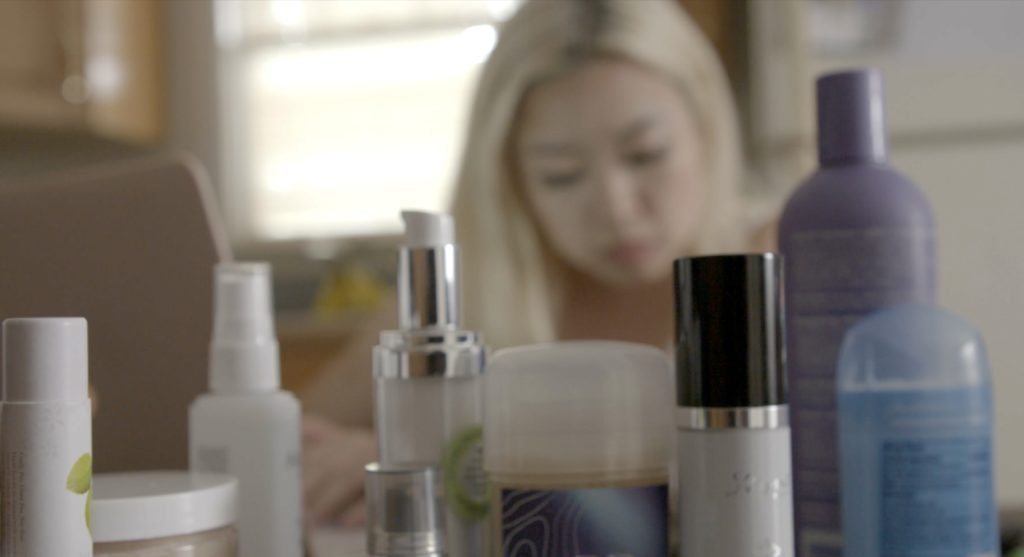
The use of dangerous chemicals by the cosmetics industry is exposed in Toxic Beauty. Beauty products are a multi-billion dollar industry. However, cosmetic companies receive minimal government regulation, resulting in toxic chemicals being present within beauty products. Examples of this include the talc in baby powder being linked to ovarian cancer and the cosmetic preservative paraben being linked to breast cancer.
Men and women alike tend to use beauty products and cosmetics in their everyday life, without putting too much thought in what chemicals are in such products. In Toxic Beauty, filmmaker Phyllis Ellis presents an expose of the cosmetic industry's efforts to hide the toxic side effects of certain project. The central case study of the film is a class action lawsuit against Johnson & Johnson, who reportedly knew about the carcinogenic properties of talcum power since the 1960s, which was further supported by a 1983 study by Dr. Daniel Cramer. The film also follows Boston University medical student Mymy Nguyen, as she uses herself as a guinea pig for “body burden” experiment, measuring the effects of cosmetics on her body.
Toxic Beauty is a very eye-opening expose about the hidden dangers of beauty products. Particular shocking is the suppressed evidence that baby power has been linked to ovarian cancer, resulting in multiple class action suits against, the top talcum power brand, Johnson & Johnson. Overall, Toxic Beauty will really leave you thinking twice about what products you put onto your body.





